Navy wants to add decoys to its F-35s in preparation for a near-peer conflict
- By Stavros Atlamazoglou
Share This Article
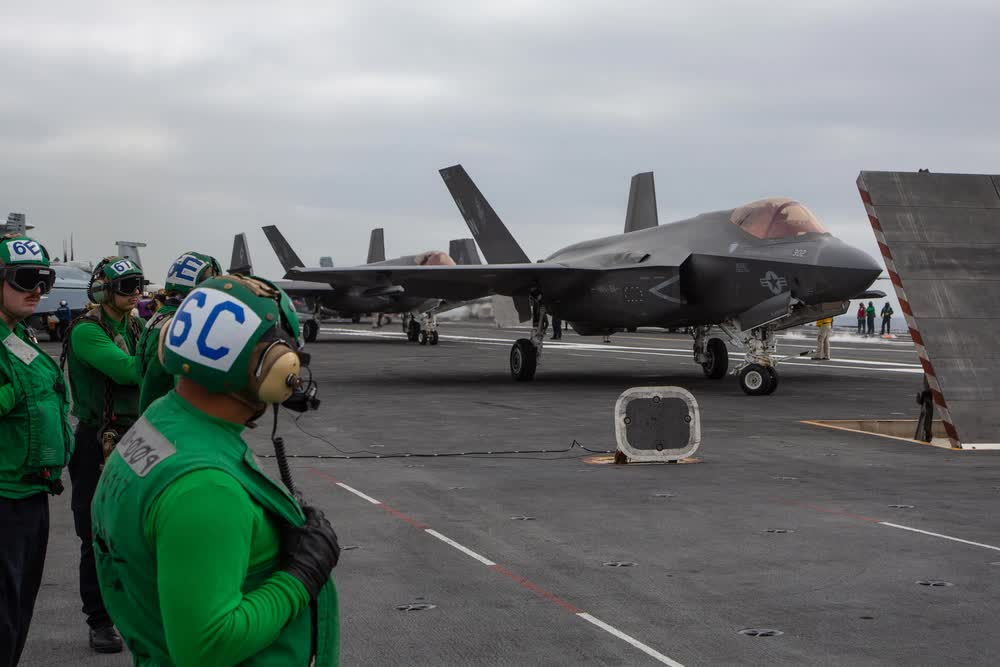
The U.S. Navy is looking to make the F-35 Lightning II, its most capable jet, even more effective with the addition of advanced decoys.
With the prospect of a conflict against China in the Indo-Pacific always at the back of the mind, the Navy wants to make its carrier-based F-35s more survivable in a near-peer operational environment.
To that effect, the Navy wants to buy active expendable BriteCloud decoys to increase the defensive countermeasures of its F-35C.
Manufactured and sold by Leonardo, the BriteCloud is an off-board decoy deployed by an aircraft to jam the digital radio frequency of incoming radar-guided anti-aircraft missiles and divert them. Using a flight-stabilized body and its active jammer, the BriteCloud creates a credible decoy aircraft, thus confusing the incoming munition.
Although the F-35 Lightning II is a stealth jet, enemy munitions could still lock into it and shoot it down. Its stealth capabilities just make it harder to do so, giving more time to the pilot to complete a mission.
The advanced decoys will make the F-35 more survivable in a potential future conflict with a near-peer adversary like China or Russia.
The aircraft already operates the ASQ-239 onboard self-protection system, and the BriteCloud will work in conjunction with that to further increase the jet’s defensive capabilities.
The most advanced multirole jet today
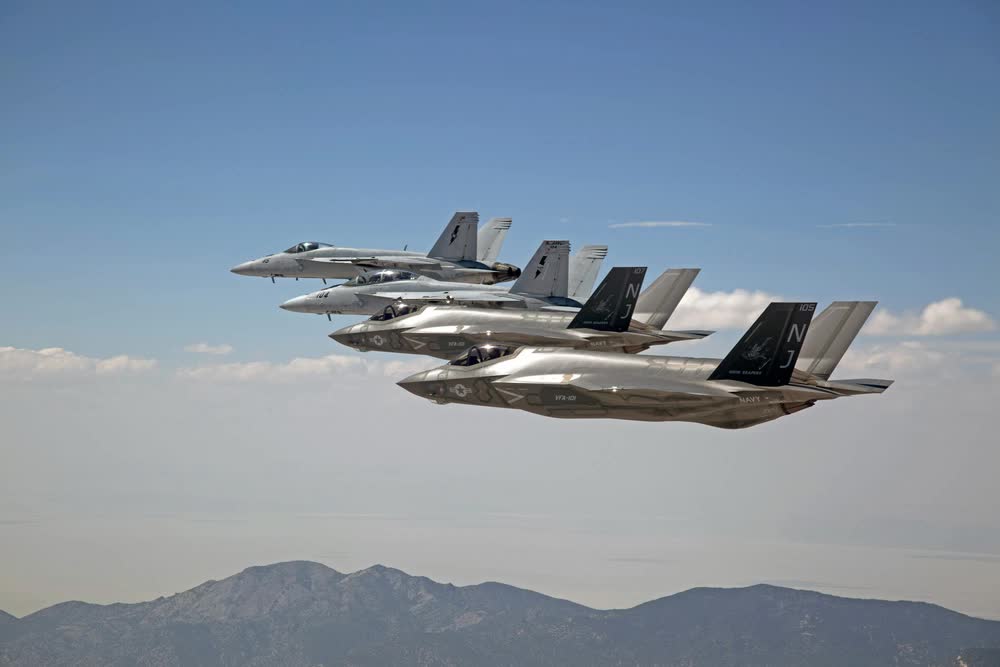
The F-35 Lightning II is the most advanced jet in the skies today.
A 5th-generation multirole aircraft, the F-35 can perform a variety of missions. Indeed, the three versions of the F-35 can conduct Air Superiority, Close Air Support, Strategic Attack, Electronic Warfare, Intelligence, Surveillance, and Reconnaissance (ISR), Suppression of Enemy Air Defenses (SEAD), and Destruction of Enemy Air Defense (DEAD) missions.
The aircraft can also organize the battlespace around it. Through its advanced, interlinked sensors and radars, the F-35 Lightning II can communicate with other assets on the battlefield and guide them to targets, much like a quarterback would guide his teammates to victory.
The F-35 Lightning II comes in three versions: A, B, and C. In terms of capabilities, they are the same aircraft; where they differ is on how they take off and land.
The F-35A is the conventional aircraft that takes off and lands from runways. This is the most popular version of the stealth jet with the U.S. Air Force alone having ordered 1,763 aircraft.
The F-35B is the Short Take-Off, Vertical Landing (STOVL) iteration of the aircraft and can take off and land like a helicopter. Its STOVL capability allows it to operate from almost anywhere, making it a great expeditionary aircraft. This is the second most popular version; its biggest customers are the U.S. Marine Corps, Japan, Italy, and the United Kingdom.
Finally, the F-35C is the carrier version of the aircraft and is specifically designed to take off and land on aircraft carriers. It has a more robust superstructure and landing gear that can withstand the immense pressures of carrier operations. With only 340 F-35Cs sold, this is the least popular iteration – only the U.S. Navy and Marine Corps have purchased it.
Read more from Sandboxx News
- SOCOM and Marines will get new machine gun that breaks the mold to replace old classic
- Video: The wild story behind America’s rocket-powered C-130s
- Russia and China are gaining ground on the US in Latin America, US commander says
- Navy brings in consulting company to improve its submarine production – but it should be careful
- Being an eyewitness more than once: My experiences with police
Related Posts
Sandboxx News Merch
-

‘AirPower’ Classic Hoodie
$46.00 – $48.00 Select options This product has multiple variants. The options may be chosen on the product page -

‘Sandboxx News’ Trucker Cap
$27.00 Select options This product has multiple variants. The options may be chosen on the product page -

‘Kinetic Diplomacy’ Bumper Sticker (Black)
$8.00 Add to cart
Stavros Atlamazoglou
Greek Army veteran (National service with 575th Marines Battalion and Army HQ). Johns Hopkins University. You will usually find him on the top of a mountain admiring the view and wondering how he got there.
Related to: Gear & Tech
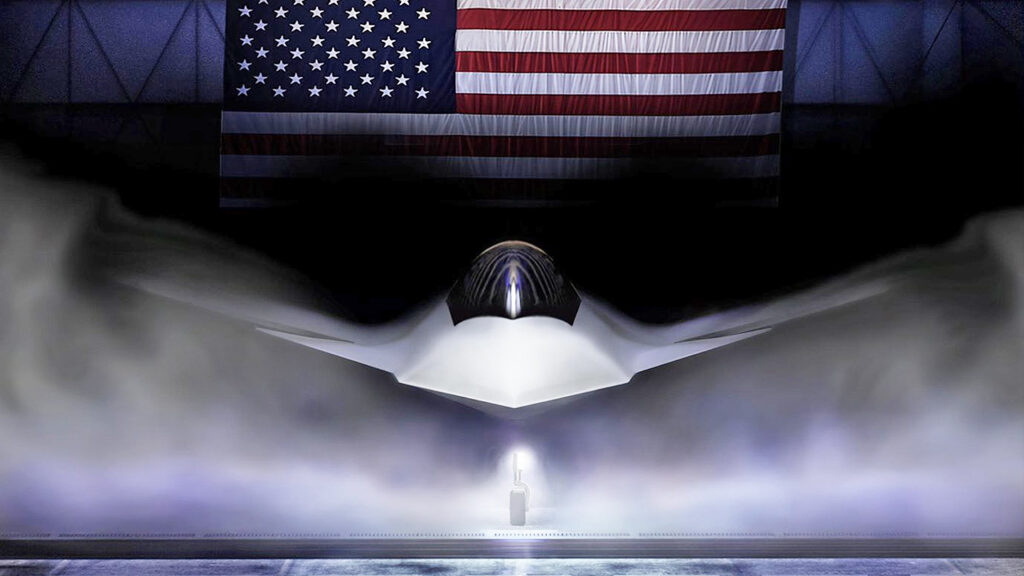
Boeing has managed to win the contract for America’s NGAD fighter
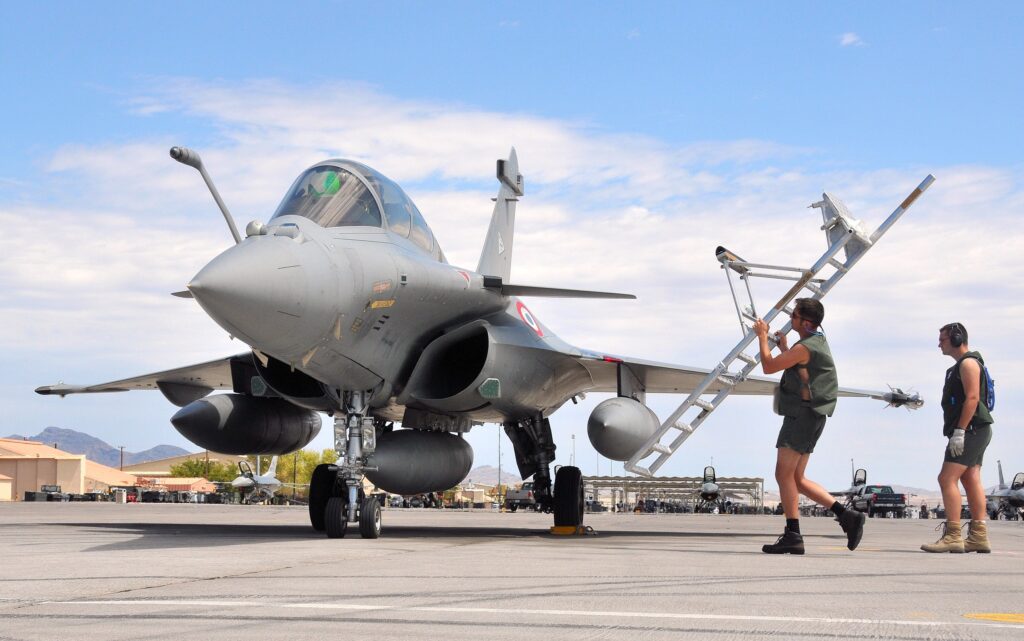
Could France undertake the role of Europe’s nuclear protector? Potentially
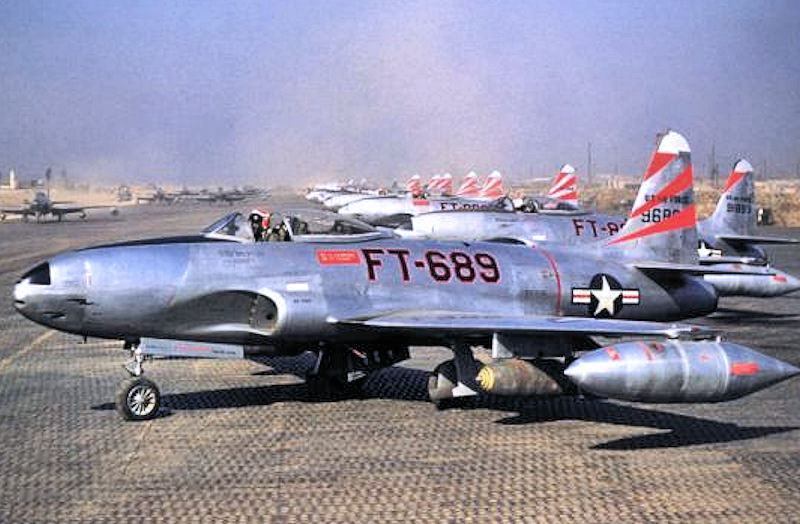
What are the differences between the six generations of fighter aircraft?
Sandboxx News
-

‘Sandboxx News’ Trucker Cap
$27.00 Select options This product has multiple variants. The options may be chosen on the product page -

‘AirPower’ Classic Hoodie
$46.00 – $48.00 Select options This product has multiple variants. The options may be chosen on the product page -

‘AirPower’ Golf Rope Hat
$31.00 Select options This product has multiple variants. The options may be chosen on the product page -

‘Sandboxx News’ Dad Hat
$27.00 Select options This product has multiple variants. The options may be chosen on the product page
